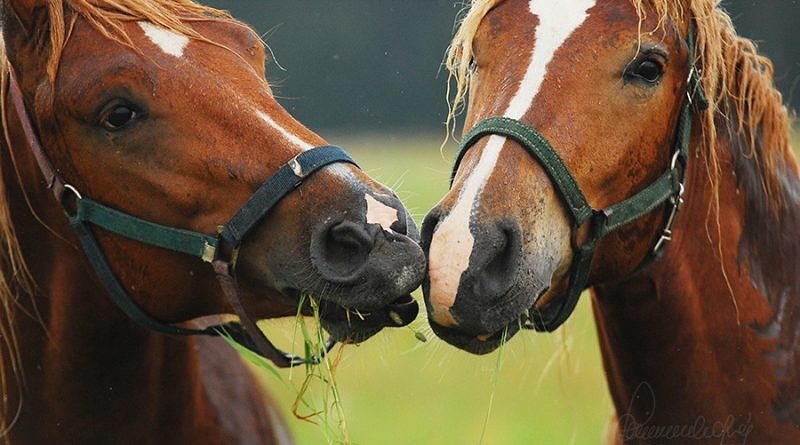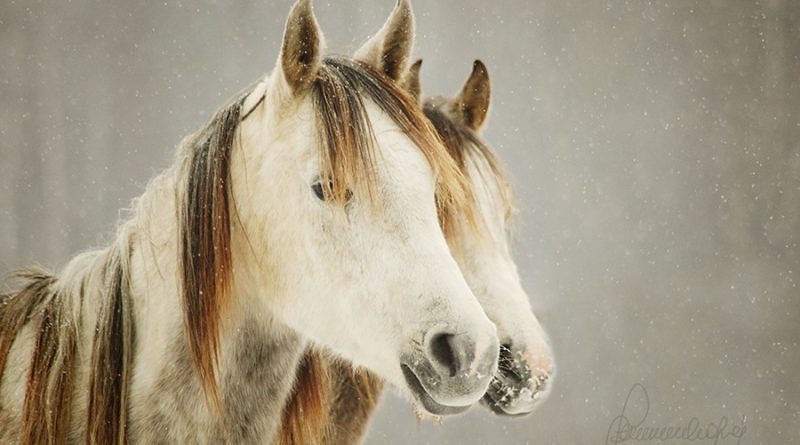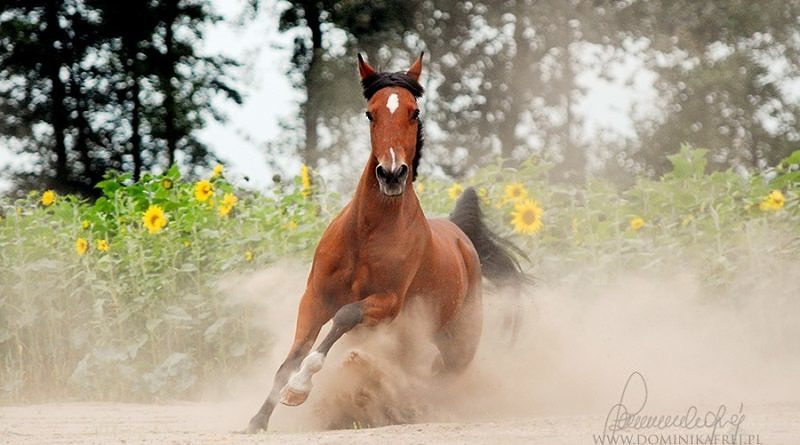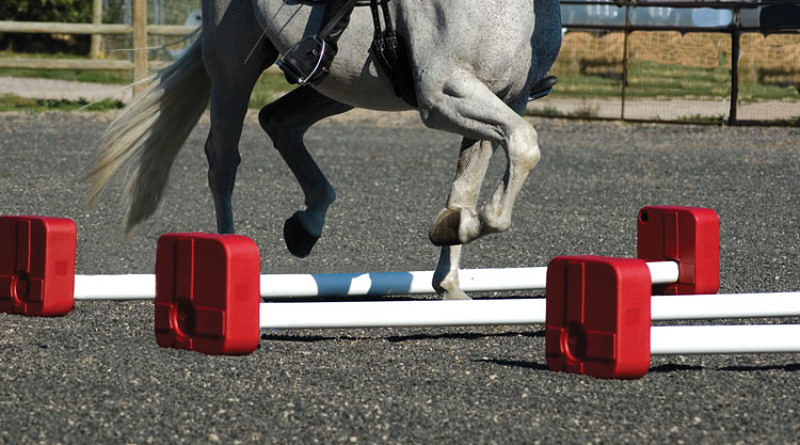Horse Vocalisations: Dismantling the Whinny
Can you speak horse? Recent research gives us a glimpse into what horses are saying to each other.
Anyone who spends time around horses has heard the array of sounds they are able to produce. Many of us will already have assumed that these sounds mean something but probably haven’t given it any more thought beyond that.
As humans, we regularly use our voices to communicate complex and abstract concepts to one another. While we know many other animals are able to use their voices to communicate as well, it is often unclear just how much information their various vocalisations convey. For example, many animals produce a sound that alerts members of their group to danger and in some cases may even specify what type of danger it is – for instance differentiating between a snake and a bird of prey. Plenty of animals also make sounds when they experience pain or fear, isolation, or to advertise their availability to mates. Despite this, there isn’t a great deal of research to show us how horses use the sounds they make – or what they really mean.
In a study published earlier this year (2015), researchers were able to record the whinnies of 20 horses in different contexts. These contexts were designed to elicit a vocal response. In some cases the test horse was led away from its entire herd (around 3-5 horses) and later reunited. In others the horse was led away from a single familiar companion and later returned.
The researchers believed that isolating the test horse in either case would cause the horse to become stressed and call out. They expected horses to show less distress when taken away from only a single companion compared to the entire herd. Reunion, in turn, would elicit a positive vocal response.
As well as monitoring what sounds the horses produced, the researchers were able to take physiological measurements such as breathing and heart rate to assess the horse’s stress level objectively.
By analysis the calls, they were able to identify distinct frequencies contained within the whinnies.
Horses produced a longer whinny when taken away from the herd and a shorter one when reunited. What was more fascinating, however, was that each whinny contained two distinct fundamental frequencies, something which is rare in mammals and the production of which remains unexplained in horses.
One of these frequencies tells us what emotion the horse is experiencing; positive or negative. The other, indicates how strongly it feels this way.
During the first part of a whinny, the higher fundamental frequency can be detected but it is in the middle segment between the start and end that the second, lower, fundamental frequency can be recorded. The final part of a whinny is far more chaotic and we still don’t know exactly what it means.
The first part of the whinny, it turns out, indicates whether the horse is feeling positive or negative. A higher starting frequency is a sign of a negative feeling. The longer the whinny, also, the more likely the emotional state of the horse is negative.
The second part of the whinny, on the other hand, indicates how strongly the horse feels this. A horse that produces a higher second frequency is more emotional.
When horses were taken away from their herdmates, they tended to produce a louder sound and the second part of the whinny was higher than when calm. They also showed signs of physiological stress with an increased heart and breathing rate and their stress was further evident in their behaviour, with horses in this situation moving around restlessly.
When returned to the herd, horses produced whinnies that were overall shorter and began with a sound that was lower than when they were stressed. They also tended to carry their heads in a lower position.
Whether horses use these whinnies to express emotion to each other is unknown but it is very likely this is the case.
In previous research, whinnies were found to convey other kinds of social information to other individuals – including the sex (10 stallions, 10 mares and 10 geldings), body size and identity of the individual caller. Other horses were able to recognise familiar individuals from playbacks and respond in accordance with the sex and body size of the horse they were listening to.
This is clear evidence that horse can recognise each other’s voices as well as information about each other carried with the voice – similar to how we can tell the difference between a male or female voice and recognise the individual voices of people we know.
Since horses are traditionally held to be visual communicators, this might come as a surprise but it is easy to imagine why herd animals like horses might need to be able to keep in touch over distances where visual cues may be less effective.
This research has multiple implications for how we think about communicating with our horses. Contrary to popular belief, none of this indicates that horses intuitively understand an “angry tone” coming from a human for instance. Instead, this is something that probably has to be learnt through association.
It does tell us, however, that horses are capable of conveying and interpreting vocal information that is fairly subtle, which means voice commands are likely to be an effective training tool.
References
Segregation of information about emotional arousal and valence in horse whinnies
Horse (Equus caballus) whinnies: a source of social information.







